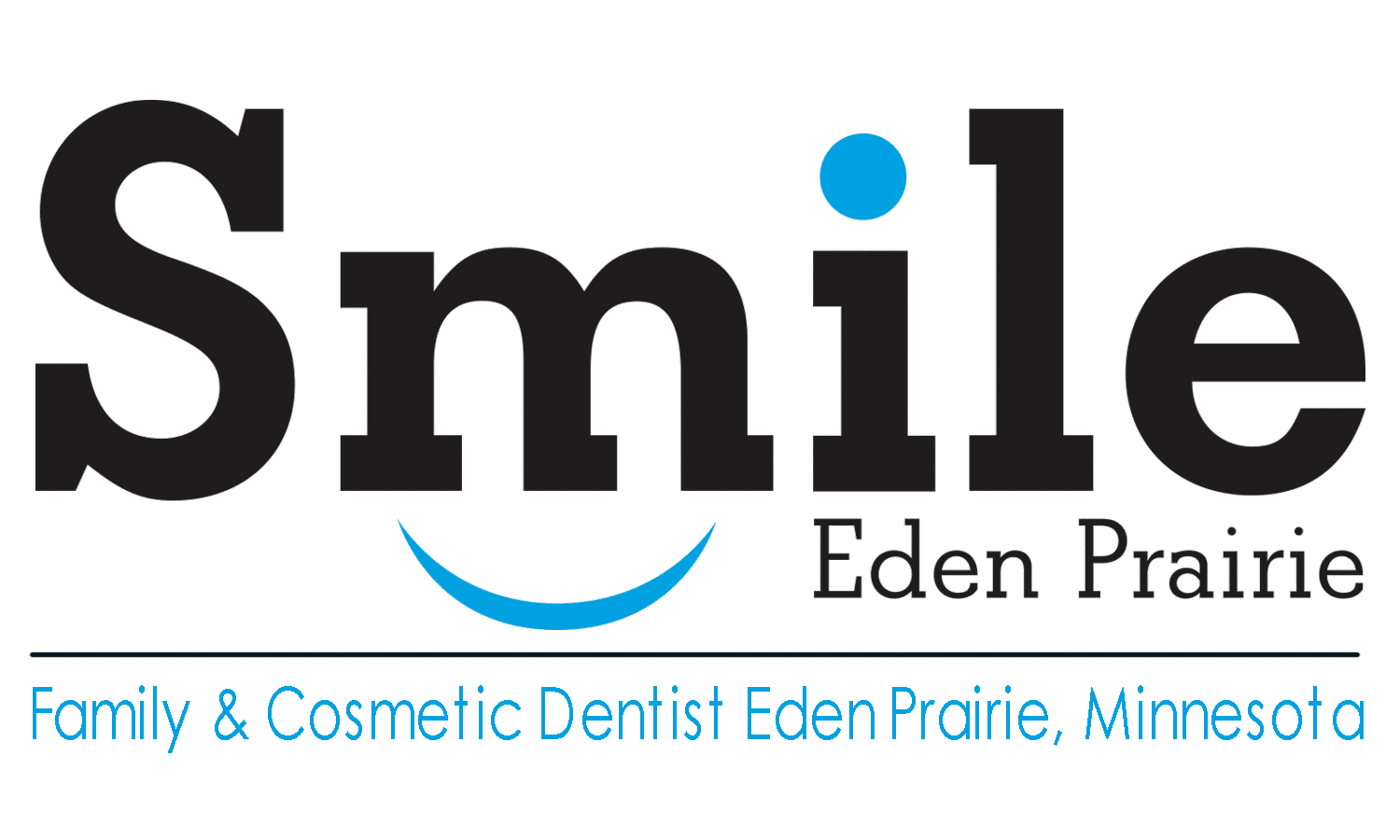General Dentistry Concepts: Nitrous oxide
Nitrous oxide, which is also commonly known as laughing gas or nitrous, is a chemical compound. It is also an oxide of nitrogen with the formula N2O. It is a colourless non-flammable gas at room temperature and has a slight metallic scent and taste. At higher temperatures, nitrous oxide is a powerful oxidizer, similar to the molecular oxygen. Nitrous is also soluble in water.
Nitrous oxide has numerous uses in the medical field. It is often used in surgery and dentistry as it can act as an anesthetic and pain reducer. It is often referred to as "laughing gas". This term was coined by Humphry Davy, because of the euphoric effects people have after inhaling it. It is found on the World Health Organization's List of Essential Medicines.
Nitrous oxide occurs in the atmosphere in small amounts. It has recently been found to be a major scavenger of stratospheric ozone. It is estimated that almost 30% of the N2O found in the atmosphere is a result of human activity, mainly agriculture. Because it is the third most important long-lived greenhouse gas, nitrous oxide is a major contributor to global warming.
Nitrous oxide has been used since 1844 in dentistry and surgery, as an anesthetic and analgesic.
In the beginning, the gas was administered through a simple inhaler which consisted of a breathing bag made from a rubber cloth. In modern medicine, the gas is administered through an automated relative analgesia machine, with an anesthetic vaporizer and a medical ventilator. This allows the delivery of a precise dosage and flow of nitrous oxide mixed with oxygen in a ratio of 2:1.
Nitrous oxide is a weak general anesthetic. As a result, it is not generally used alone in general anesthesia, but it is used as a carrier gas for more powerful general anesthetic drugs like sevoflurane or desflurane. The use of nitrous oxide in anesthesia can result in an increased risk of nausea and vomiting.
Dentists use a simple machine which delivers a nitrous oxide and oxygen mixture which the patient inhales while they are conscious. The patient maintains consciousness during the procedure and is able to respond to questions and instructions they receive from the dentist.
The inhalation of nitrous oxide is also frequently used to help relieve pain associated with childbirth, trauma, oral surgery and other trauma including heart attacks. Using nitrous oxide during labor has proved to be a safe and effective aid for women. It is unknown if the use for acute coronary syndrome has any benefit.
In Britain and Canada, Entonox and Nitronox are frequently used by ambulance crews as they are a quick and highly effective analgesic gas.
50% nitrous oxide can be used by trained non-professional first aid responders in pre-hospital settings. It is relatively easy and safe to administer 50% nitrous oxide as an analgesic. Because it can quickly be reversed, also prevents it from precluding a diagnosis.
Safety
The major safety concerns of nitrous oxide due to it being a compressed, liquefied gas. There is a risk of asphyxiation and a dissociative anesthetic.
While it is relatively non-toxic, nitrous oxide has a variety of potential negative effects, whether through inhaling it or through contact of the liquid with the eyes or skin.

